

Articles
How To Store Caps And Hats
Modified: January 18, 2024
Discover the best way to store your articles and keep your caps and hats looking clean and organized. Find tips and tricks for proper storage to extend the life of your favorite headwear.
(Many of the links in this article redirect to a specific reviewed product. Your purchase of these products through affiliate links helps to generate commission for Storables.com, at no extra cost. Learn more)
Introduction
When it comes to storing caps and hats, many people often overlook the importance of proper storage techniques. However, if you want to keep your beloved headwear in good condition and have them readily accessible whenever you need them, it’s essential to store them correctly. Whether you have a vast collection of baseball caps, stylish hats, or winter beanies, taking the time to implement the right storage methods will help prolong their lifespan and maintain their shape.
In this article, we will explore various methods for storing caps and hats effectively. From hanging them to using hat organizers, utilizing over-the-door hooks, stacking them in bins or cubbies, folding them in drawers, displaying them on shelves or racks, and hanging them on wall hooks, we’ll cover it all. Additionally, we will discuss important considerations for proper storage, such as cleaning and maintenance, climate and sunlight exposure, and space and organization.
By following these storage tips, you can ensure that your caps and hats remain in excellent condition, ready to wear whenever you want to add a touch of style or protect yourself from the elements. So, let’s dive in and learn how to store your caps and hats properly!
Key Takeaways:
- Proper storage of caps and hats is crucial for maintaining their condition and shape. Consider factors such as cleaning, climate, and space to ensure your hats remain stylish and ready to wear for years to come.
- From hanging hats on hooks to utilizing over-the-door storage, there are various creative methods to store your hats effectively. By organizing, cleaning, and considering storage space, you can protect and showcase your hat collection with style.
Read more: How To Store Hats
Methods for Storing Caps and Hats
There are several practical and efficient methods for storing caps and hats that will help keep them organized and in great condition. Let’s explore these methods:
- Hanging Caps and Hats: One popular method is to hang caps and hats on hooks or hangers. This not only keeps them easily accessible but also helps maintain their shape. Use hangers with clips or specialty hat hooks to prevent them from falling off.
- Using Hat Organizers: Hat organizers are specially designed to hold and display hats. They typically feature multiple tiers or pockets, allowing you to store multiple hats in a compact space. These organizers come in various sizes, so you can choose the one that suits your collection.
- Utilizing Over-the-Door Hooks: If you have limited space, over-the-door hooks can be a convenient storage solution. Hang caps and hats on these hooks, which can be easily mounted over any standard door. This method keeps your hats out of the way while ensuring easy access.
- Stacking Caps and Hats in Bins or Cubbies: Bins or cubbies provide a neat and organized way to store hats. Arrange your caps and hats in a stack, making sure to place the heavier hats at the bottom. Label the bins or cubbies to quickly locate specific hats when needed.
- Folding Caps and Hats in Drawers: For those with limited space or a smaller hat collection, folding caps and hats in drawers can be an effective storage method. Fold them gently, ensuring that the brims are not creased. Stack them neatly in the drawer, with the larger hats at the back and the smaller ones in front.
- Displaying Caps and Hats on Shelves or Racks: If you have a collection of visually appealing caps or hats that you want to showcase, displaying them on shelves or racks is a fantastic option. Install shelves or racks on the wall or use freestanding units to arrange and display your hats as decorative elements.
- Hanging Caps and Hats on Wall Hooks: Wall hooks are versatile and can be used to hang caps and hats on your walls, similar to hanging them on hooks or hangers. Space the hooks evenly and hang your hats, ensuring they have enough space to keep their shape. This method allows you to create an aesthetically pleasing display of your hats.
Experiment with these different storage methods and choose the one that best suits your needs and available space. Remember, the key is to arrange them in a way that allows for easy access while protecting them from damage.
Hanging Caps and Hats
Hanging caps and hats is a popular and practical method for storing them. Not only does it keep your hats easily accessible, but it also helps them maintain their shape. Here are some tips for effectively hanging caps and hats:
- Choose the Right Hooks or Hangers: Use hooks or hangers that are specifically designed for hats. These often have smooth surfaces or clips that securely hold the hats without causing any damage. Avoid using regular hangers with sharp edges, as they can leave marks or deform the brims of your hats.
- Properly Position the Hooks or Hangers: Space your hooks or hangers evenly to prevent the hats from overlapping or becoming crowded. This allows each hat to have enough space to hang freely and maintain its shape. Consider using a level to ensure they are properly aligned.
- Hang Hats by Their Brims or Crowns: Depending on the style of the hat, you can choose to hang them by their brims or crowns. Hanging by the brim works well for rigid hats, such as baseball caps or fedoras, while hanging by the crown is suitable for softer hats, like beanies or bucket hats. Adjust the positioning to avoid any distortion.
- Support the Inside of the Hat: To provide additional support and maintain the shape of the hats, consider using hat crown supports or hat shapers. These accessories can be placed inside the hats while they are hanging to prevent them from sagging or losing their form.
- Organize Hats by Style or Color: If you have a large hat collection, consider organizing them by style or color when hanging them. This makes it easier to find the hat you’re looking for and adds a visually appealing element to your storage area.
Remember to handle your hats with care when hanging them. Avoid pulling or stretching them, as this can cause damage or distort their shape. Hanging your caps and hats is not only a practical storage solution but also allows you to create a visually pleasing display while keeping them in top condition.
Using Hat Organizers
Hat organizers are a fantastic storage solution for those who want to keep their hat collection organized and easily accessible. Whether you have a few hats or a large collection, using hat organizers can help maximize space and maintain the condition of your hats. Here’s how you can effectively use hat organizers:
- Select the Right Hat Organizer: There are various types of hat organizers available, including tiered racks, hanging organizers, and stackable boxes. Consider the size of your hat collection and the available space to determine which type of organizer will work best for you. Additionally, opt for organizers made from sturdy materials to ensure durability.
- Categorize and Sort Your Hats: Before placing your hats in the organizer, categorize them based on style, color, or frequency of use. This will make it easier to locate specific hats when needed. Sorting your hats also adds a visually pleasing element to the organizer.
- Arrange Hats Neatly: Once you have categorically sorted your hats, place them in the organizer. For tiered racks, arrange the hats from largest to smallest to ensure stability. With hanging organizers, use the designated slots or pockets for each hat. Stackable boxes allow you to neatly stack hats while protecting them from dust and damage.
- Keep the Organizer Clean: Regularly clean the hat organizer to ensure your hats stay in pristine condition. Dust or vacuum the organizer to remove any dirt or debris that may accumulate. Additionally, consider using fabric or drawer liners to keep the hats clean while inside the organizer.
- Utilize Additional Accessories: Consider using additional accessories to enhance the functionality of your hat organizer. Hat hooks, clips, or bands can securely hold hats in place, preventing them from falling or slipping off. This is especially useful for organizing hats with wider brims or unusual shapes.
By using hat organizers, you can streamline your hat storage, making it easy to find and access your favorite hats while keeping them in excellent condition. Take the time to organize your hats effectively, and you’ll have a clutter-free and visually appealing storage solution for your hat collection.
Utilizing Over-the-Door Hooks
If you have limited space or want a convenient storage option for your caps and hats, utilizing over-the-door hooks can be a practical solution. Over-the-door hooks allow you to hang your hats behind a door, keeping them organized and easily accessible. Here’s how you can effectively use over-the-door hooks for hat storage:
- Choose the Right Over-the-Door Hooks: Look for hooks specifically designed for over-the-door use. These hooks typically have a thin profile to fit securely over standard door edges without damaging them. Ensure that the hooks are strong enough to hold the weight of your hats without bending or falling off.
- Find a Suitable Door: Select a door that is sturdy and not frequently used, such as a closet or bedroom door. Avoid using doors that are frequently opened and closed, as this can cause the hats to bump or sway, potentially damaging them. Additionally, make sure that the door has enough clearance for the hats to hang freely behind it.
- Space the Hooks Evenly: Place the over-the-door hooks evenly along the top edge of the door, considering the size of your hats and the number of hooks available. This ensures that the hats have enough space to hang and prevents them from overlapping or getting crushed.
- Hang Hats Gently: When hanging your hats on the hooks, do so with care to avoid any unnecessary stretching or distortion. Hang them by their brims or crowns, depending on the style of the hat, and make sure they are evenly spaced for a neat appearance.
- Consider Extra Support: If you have hats with wider brims or heavy embellishments, you may want to provide additional support to prevent them from sagging. Consider using hat crown supports or hat shapers, similar to those used when hanging hats on hooks or hangers, to maintain their shape while they hang.
Utilizing over-the-door hooks is a convenient way to store your caps and hats while maximizing limited space. It keeps your hats organized and easily accessible, preventing them from getting lost or damaged. Choose the right hooks, find a suitable door, and hang your hats with care to create a functional and efficient hat storage solution.
Read more: How To Store A Hat
Stacking Caps and Hats in Bins or Cubbies
Stacking caps and hats in bins or cubbies is a practical and space-efficient way to store your hat collection. This method allows you to neatly organize your hats while protecting them from dust and damage. Here’s how you can effectively stack your caps and hats in bins or cubbies:
- Select the Right Bins or Cubbies: Choose bins or cubbies that are suitable for your hat collection. The size and shape of the bins or cubbies should accommodate the hats comfortably, preventing them from being squished or losing their shape. Opt for durable materials such as plastic or fabric that can withstand the weight of the hats.
- Categorize and Sort Your Hats: Before stacking your hats, categorize them according to style, color, or usage frequency. This will help you easily locate specific hats when needed. Sorting your hats also creates a visually appealing and organized display.
- Arrange Hats Neatly: Once you have sorted your hats, start stacking them in the bins or cubbies. To ensure stability, place the larger and heavier hats at the bottom and stack the smaller and lighter hats on top. You can also use dividers or separators to create sections within the bins or cubbies for different hat categories.
- Label Your Bins or Cubbies: To quickly find the hat you’re looking for, label the bins or cubbies. Use adhesive labels, tags, or markers to indicate the style, color, or specific category of hats stored in each bin or cubby. This will help maintain the organization and make it easier to access your hats.
- Avoid Overstuffing: While it may be tempting to fit as many hats as possible in each bin or cubby, avoid overstuffing them. Overpacking can cause damage to the hats, distort their shape, or make it difficult to retrieve a particular hat without disturbing others. Allow enough space for each hat to be easily accessible.
Stacking caps and hats in bins or cubbies allows you to create a compact and organized storage solution. It keeps your hats protected, while also making it convenient to view and select the hat of your choice. Take the time to categorize, sort, and stack your hats neatly, and you’ll have an efficient storage system that keeps your hat collection in great condition.
Folding Caps and Hats in Drawers
If you have limited space or a smaller hat collection, folding caps and hats in drawers can be an efficient and space-saving storage method. This method allows you to neatly store your hats while maximizing drawer space. Here’s how you can effectively fold caps and hats in drawers:
- Choose the Right Drawer: Select a drawer that is clean, dry, and spacious enough to accommodate your folded hats. Avoid drawers with rough surfaces that could potentially damage the fabric or brims of your hats. If possible, designate a specific drawer solely for hat storage to keep them organized and easily accessible.
- Categorize and Sort Your Hats: Before folding your hats, categorize them by style, color, or frequency of use. This will make it easier to locate specific hats when needed. Additionally, sorting your hats adds a visually appealing element to your drawer storage system.
- Fold Hats Gently: When folding your hats, do so gently to avoid creasing the brims or misshaping the hats. Depending on the style and material of the hat, you may need to adjust the folding technique. For example, folding a baseball cap involves tucking the back strap and gently folding the brim down. For soft hats like beanies, fold them in half, ensuring that the brim or edge is not creased.
- Stack Hats Neatly: Stack your folded hats neatly in the drawer, with larger hats placed at the back and smaller ones in front. This not only maximizes space but also allows for easy visibility and access to your hats. Consider using dividers or separators within the drawer to create sections for different hat categories.
- Keep the Drawer Clean and Organized: Regularly clean and organize the drawer to prevent dust buildup and maintain the condition of your hats. Wipe down the drawer surfaces and use drawer liners or fabric inserts to protect the hats from any rough surfaces. This also helps to keep the hats smelling fresh and clean.
Folding caps and hats in drawers is a space-efficient and organized storage solution, especially for individuals with limited space or a smaller hat collection. Remember to handle your hats with care when folding them and stack them in a way that allows for easy access. By utilizing drawers effectively and keeping them clean and organized, you can ensure that your hats remain in great condition and ready to wear whenever you need them.
Store caps and hats by using a hat rack or hooks to maintain their shape and prevent damage. Avoid stacking them on top of each other to prevent misshaping.
Displaying Caps and Hats on Shelves or Racks
If you have a collection of visually appealing caps or hats that you want to showcase, displaying them on shelves or racks can be an excellent storage option. This method not only keeps your caps and hats organized but also adds a decorative element to your space. Here’s how you can effectively display your caps and hats on shelves or racks:
- Select the Right Shelves or Racks: Choose shelves or racks that are sturdy and suitable for displaying hats. Floating shelves, wall-mounted racks, or freestanding hat racks are popular options. Consider the size and weight of your hats to ensure that the shelves or racks can support them without sagging or falling.
- Categorize and Sort Your Hats: Before displaying your hats, categorize them based on style, color, or theme. This will help you create an organized and visually pleasing arrangement. Sorting your hats also allows for easy selection when you want to wear a specific style or color.
- Arrange Hats in a Visually Appealing Manner: Whether you choose to line up your hats or create an artistic arrangement, make sure they are displayed in a visually pleasing manner. Consider alternating hat styles, mixing colors, or arranging them by size to create an eye-catching display. Experiment with different layouts until you find the arrangement that best suits your space and personal style.
- Use Hat Display Forms or Stands: To enhance the display of your hats, consider using hat display forms or stands. These can help maintain the shape of your hats and elevate their visual appeal. Hat stands can be placed on shelves, while display forms can be mounted on the wall or placed on dedicated display tables or stands.
- Add Decorative Elements: To elevate the overall aesthetic, consider adding decorative elements around your displayed hats. This could include framed artwork, plants, or other decorative accents that complement your hat collection. This creates an attractive and personalized display that showcases your style and creativity.
Displaying your caps and hats on shelves or racks provides both storage and decorative value. It allows you to showcase your collection in a visually appealing way while keeping your hats easily accessible. Remember to periodically dust and clean your displayed hats to ensure they remain in pristine condition. With a creative and well-arranged display, your caps and hats can become a focal point of your space.
Hanging Caps and Hats on Wall Hooks
Hanging caps and hats on wall hooks is a versatile and visually appealing storage method. By utilizing your wall space, you can create a functional and decorative display for your favorite hats. Here’s how you can effectively hang caps and hats on wall hooks:
- Select the Right Wall Hooks: Choose wall hooks that are sturdy enough to hold the weight of your caps and hats without causing any damage to them. Look for hooks with a smooth surface or protective coating to prevent snagging or scratching your hats. Opt for hooks that blend well with your décor or choose decorative hooks that add a unique touch to your space.
- Determine the Placement of the Wall Hooks: Decide where you want to hang your caps and hats by considering the available wall space and the visual impact you want to create. Choose a location that is easily accessible and provides enough room for your hats to hang without touching or overlapping each other.
- Space the Hooks Evenly: Measure and mark equal distances between each hook to ensure an even and balanced display. Using a level can help you achieve a straight and visually pleasing arrangement. Proper spacing ensures that each hat has enough space to hang freely and maintains its shape.
- Hang Hats with Care: When hanging your hats on the wall hooks, take care not to stretch or deform them. Hang them by their brims or crowns, depending on the style of the hat, and make sure they are securely positioned on the hooks. Adjust the hats as needed to create a visually pleasing display.
- Consider a Variety of Hat Styles and Colors: To add visual interest, consider hanging hats with different styles and colors. This creates an eye-catching display and allows you to showcase the diversity of your hat collection. Mix and match hats with varying brim sizes, textures, and designs to create a captivating arrangement.
- Accessorize Around the Hat Display: Enhance the overall aesthetics of your hat display by accessorizing the surrounding area. Consider adding wall art, mirrors, or decorative accents that complement your hats and create a cohesive look. This turns your hat display into a focal point of your space.
Hanging caps and hats on wall hooks allows you to create an organized and visually pleasing display while keeping your hats easily accessible. Experiment with different placement and hat combinations to create a personalized and unique arrangement. By utilizing wall space effectively, you can transform your hats into functional and decorative elements of your home or space.
Read more: How To Store Fitted Hats
Considerations for Proper Storage
Proper storage of caps and hats goes beyond just finding the right storage method. It involves considering various factors that can affect the condition and longevity of your hats. Here are important considerations to keep in mind for proper hat storage:
- Cleaning and Maintenance: Prior to storing your hats, ensure they are clean and free of any dirt, sweat, or stains. Follow the manufacturer’s instructions for cleaning, whether it’s spot cleaning, hand washing, or using dry cleaning methods. Proper maintenance, such as reshaping the brims and removing lint or dust, is also essential for preserving the integrity of your hats.
- Climate and Sunlight Exposure: Avoid storing your caps and hats in areas that are prone to extreme temperature fluctuations, high humidity, or direct sunlight. Excessive heat, moisture, or sunlight exposure can cause the fabric to fade, distort the shape, or result in mold and mildew growth. Choose storage areas that offer stable temperature and humidity levels to protect your hats.
- Space and Organization: Consider the available space and the size of your hat collection when choosing a storage method. Ensure that the storage option you select allows enough space for each hat to be stored without being overcrowded or squeezed. Proper organization of your hats based on style, color, or frequency of use will make it easier to locate and access them when needed.
- Protection from Dust and Debris: Hats are prone to collecting dust and debris, which can damage the fabric and interior structure over time. Use dust covers, hat boxes, or storage containers specifically designed for hats to protect them from dust and other pollutants. Alternatively, consider using fabric liners or drawer inserts to keep your hats clean and free of debris.
- Proper Handling and Care: When handling your hats, do so with clean hands to avoid transferring dirt or oils onto the fabric. Avoid grabbing hats by the crown, as this can cause them to lose their shape. Instead, handle them by the brim or use both hands to gently lift and adjust them. With proper care and handling, you can keep your hats in excellent condition.
By considering these factors, you can ensure that your caps and hats are properly stored, well-maintained, and protected from potential damage. Implementing these considerations will help extend the lifespan of your hats and keep them looking fresh and stylish for years to come.
Cleaning and Maintenance
Cleaning and maintenance are crucial aspects of proper hat storage. Regular cleaning and proper maintenance not only keep your caps and hats looking their best but also help prolong their lifespan. Here are some tips for cleaning and maintaining your hats:
- Read the Care Instructions: Before cleaning your hats, always check the care instructions provided by the manufacturer. Different hat materials and styles may require specific cleaning methods to avoid damage. Adhering to the recommended care instructions ensures that you clean your hats safely and effectively.
- Spot Cleaning: For minor stains or dirt, spot cleaning is often sufficient. Use a clean, damp cloth or sponge and gently blot the affected area. Avoid scrubbing or rubbing forcefully as this may cause the stains to spread or the fabric to fray. Patience and a gentle touch are key when spot cleaning hats.
- Hand Washing: Some hats, such as those made from straw, cotton, or wool, can be hand washed. Fill a basin or sink with lukewarm water and add a mild detergent suitable for delicate fabrics. Gently swirl the hat in the soapy water, paying attention to any soiled areas. Rinse with cool water and squeeze out excess water without wringing. Allow the hat to air dry on a clean towel or a hat form to help it retain its shape.
- Dry Cleaning: Hats made from delicate materials, such as silk or velvet, or those with intricate embellishments may require professional dry cleaning. Take these hats to a trusted dry cleaner who has experience in handling delicate garments. Inform them of any specific concerns or stains so they can handle the cleaning process accordingly.
- Reshaping the Brim: Over time, the brims of hats may lose their shape due to wear or storage. To reshape the brim, gently steam it using a handheld fabric steamer or by holding it over the steam from a kettle. Once steamed, use your hands to mold the brim back into the desired shape. Allow the hat to air dry completely before wearing or storing.
- Removing Lint and Dust: Hats can accumulate lint, dust, and other debris. To remove these particles, use a lint roller or a soft brush specifically designed for hat maintenance. Gently brush or roll over the surface of the hat to lift off any loose particles. Avoid using excessive force, which could damage the hat’s fabric.
- Storing Hats Properly: After cleaning, ensure your hats are completely dry before storing them. If the hats are still damp, it can lead to mold or mildew growth. Store them in a cool, dry place, away from direct sunlight and extreme temperatures. Consider using dust covers, hat boxes, or storage containers specifically designed for hats to protect them from dust and debris.
By following these cleaning and maintenance tips, you can keep your caps and hats looking fresh and in great condition. Regular care and gentle handling will help preserve the shape, color, and overall quality of your hats, ensuring that they continue to make a stylish statement for years to come.
Climate and Sunlight Exposure
Considering the climate and sunlight exposure is an essential aspect of proper hat storage. Extremes in temperature, humidity, and prolonged exposure to sunlight can negatively impact the condition and lifespan of your caps and hats. Here are some considerations to keep in mind:
- Temperature and Humidity: Avoid storing your hats in areas with extreme temperature fluctuations or high humidity levels. Fluctuating temperatures can cause the hats to expand and contract, potentially distorting their shape. High humidity can lead to mold or mildew growth, resulting in unpleasant odors and damage to the hat’s fabric. Choose a storage area with stable temperature and humidity levels, such as a closet or a room with controlled environmental conditions.
- Sunlight Exposure: Prolonged exposure to direct sunlight can fade the colors of your caps and hats, especially if they have vibrant or delicate materials such as straw or fabric. UV radiation can cause the fibers to weaken and the hat’s overall structure to deteriorate. To protect your hats from sunlight, store them in a cool, shaded area, or use curtains, blinds, or UV-blocking window film to prevent direct sunlight from reaching the storage space.
- Travel Considerations: If you’re traveling to areas with extreme climates, take additional precautions to protect your hats. Avoid leaving them in a hot car or exposed to direct sunlight for extended periods. If you’re unsure about the storage conditions in your destination, consider carrying your hats in a protective bag or case and finding a suitable storage area upon arrival.
- Drying Hats: If your hats become wet, whether due to rain or cleaning, it’s important to dry them properly to prevent mold or mildew growth. Avoid using direct heat sources like hairdryers or heaters, as this can damage the fabric and cause it to shrink or warp. Instead, allow the hats to air dry naturally in a well-ventilated area away from direct sunlight.
- Rotate Hats in Storage: If you have a large hat collection, periodically rotate the hats you display or store in areas exposed to sunlight. This prevents prolonged exposure to sunlight on any specific hat and helps maintain their overall color and quality.
- Consider Climate-Controlled Storage: If your hat collection is precious or valuable, you may want to consider investing in a climate-controlled storage solution. These storage units regulate temperature and humidity levels, providing an optimal environment for preserving the quality and condition of your hats.
By considering the climate and sunlight exposure, you can help protect your caps and hats from potential damage caused by extreme temperatures, humidity, and prolonged exposure to sunlight. Proper storage conditions ensure that your hats stay in excellent condition and can be enjoyed for years to come.
Space and Organization
Considering space and organization is an important aspect of proper hat storage. Maximizing space while maintaining an organized system ensures that your caps and hats are easily accessible and well-maintained. Here are some considerations for space and organization when storing your hats:
- Assess Available Space: Evaluate the available space you have for hat storage. Consider closets, shelves, drawers, or dedicated storage units specifically designed for hats. Assessing the available space helps determine the best storage method that can accommodate your hat collection without overcrowding or damaging them.
- Determine Storage Method: Choose a storage method that suits your space and hat collection. Options include hanging hats on hooks or hangers, using hat organizers, stacking them in bins or cubbies, folding them in drawers, displaying them on shelves or racks, or a combination of these methods. Select a method that provides optimal organization and allows for easy access to your hats.
- Categorize and Sort: Categorize and sort your hats based on style, color, or frequency of use. This helps create a systematic arrangement and makes it easier to locate specific hats when needed. Consider using labels or dividers to categorize and organize your hats within your chosen storage method.
- Create Sections: When using storage containers, bins, or drawers, create distinct sections for different hat styles or categories. This ensures your hats are neatly separated and prevents them from getting mixed up or crushed. Consider investing in dividers, drawer inserts, or adjustable organizers to create customizable sections within your storage space.
- Optimize Vertical Space: If you have limited floor or shelf space, utilize the vertical space by using wall hooks, over-the-door hooks, or hanging organizers. These options allow you to store hats without taking up valuable surface area and can create an attractive display on your walls or doors. Vertical storage solutions not only maximize space but also add a decorative touch to your space.
- Consider Hat Shape and Size: Take into account the shape and size of your hats when organizing and storing them. Larger hats or hats with wide brims may require more space or specialized storage options to maintain their shape. Consider hat shapers, hat stands, or adjustable hooks to properly accommodate the unique characteristics of certain hats.
- Regularly Declutter: Periodically review your hat collection and declutter any hats that are no longer in use or in good condition. This helps maintain an organized storage system and ensures that you have enough space for your favorite hats. Donate or discard hats that you no longer need to free up storage space.
By considering the available space and implementing effective organization techniques, you can create a functional and well-organized storage system for your caps and hats. Keeping your hats neatly arranged not only enables easy access but also ensures that they remain in great condition for years to come.
Conclusion
Properly storing your caps and hats is essential for maintaining their condition, preserving their shape, and ensuring easy access when you want to wear them. By implementing the right storage methods and considering important factors such as cleaning and maintenance, climate and sunlight exposure, space and organization, you can extend the lifespan of your hats and keep them looking stylish for years to come.
From hanging caps and hats on hooks or hangers to using hat organizers, utilizing over-the-door hooks, stacking them in bins or cubbies, folding them in drawers, displaying them on shelves or racks, or hanging them on wall hooks, there are various options available to suit different hat collections and storage needs.
Remember to clean your hats regularly, following proper care instructions, and handle them with care to prevent damage. Consider the climate and sunlight exposure when choosing storage areas to avoid fading or mold growth. Utilize available space efficiently and keep your hats organized by categorizing and sorting them based on style or color.
By taking the time to store your caps and hats properly, you can not only protect your investment but also showcase your hat collection in an organized and visually appealing way. With the right storage techniques, your hats will always be ready to complete your outfits, protect you from the elements, or add a touch of style to any occasion.
So, go ahead and implement these storage methods and considerations to keep your caps and hats in excellent condition, ensuring that they remain a cherished part of your wardrobe for years to come!
Frequently Asked Questions about How To Store Caps And Hats
Was this page helpful?
At Storables.com, we guarantee accurate and reliable information. Our content, validated by Expert Board Contributors, is crafted following stringent Editorial Policies. We're committed to providing you with well-researched, expert-backed insights for all your informational needs.

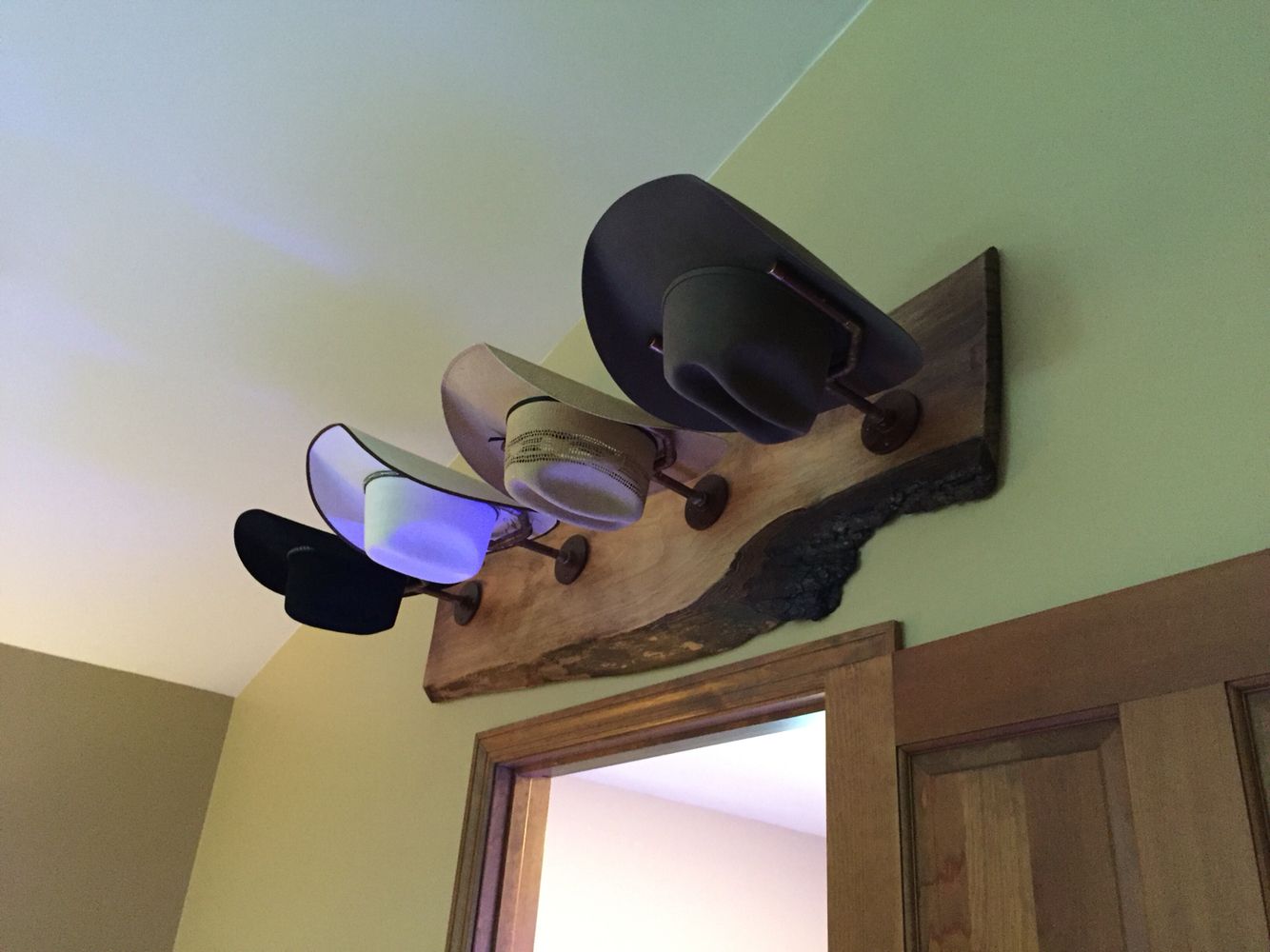
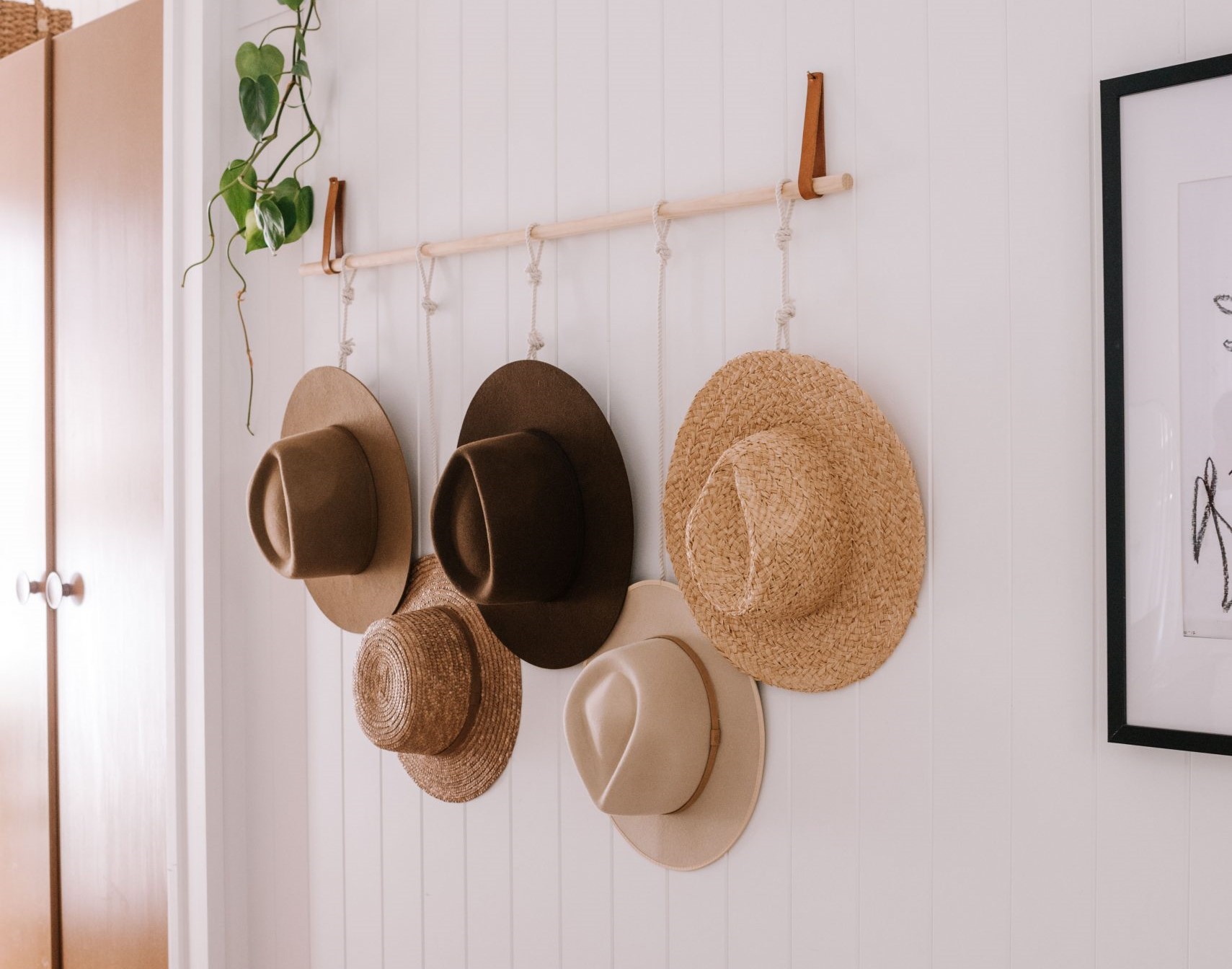
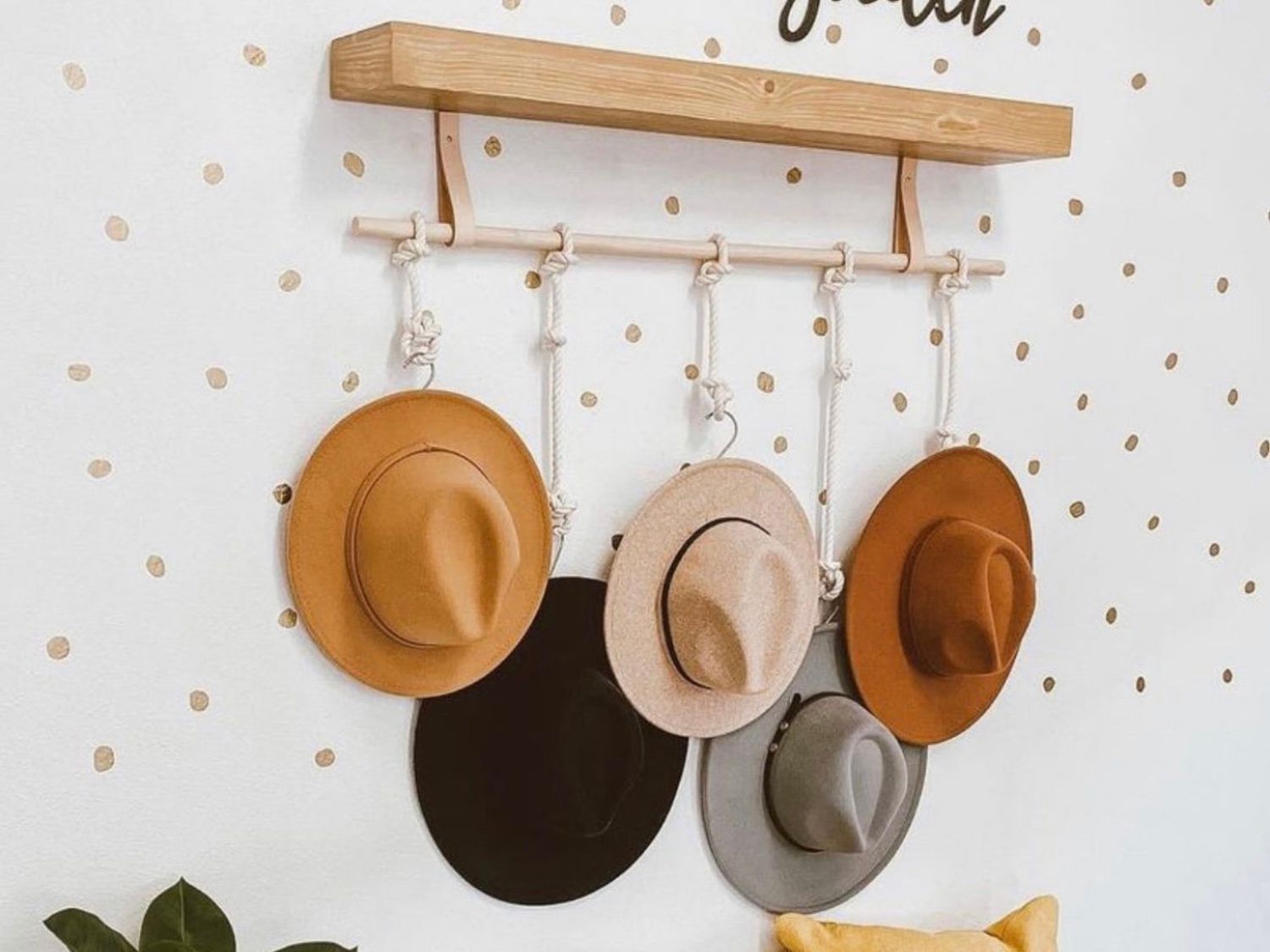
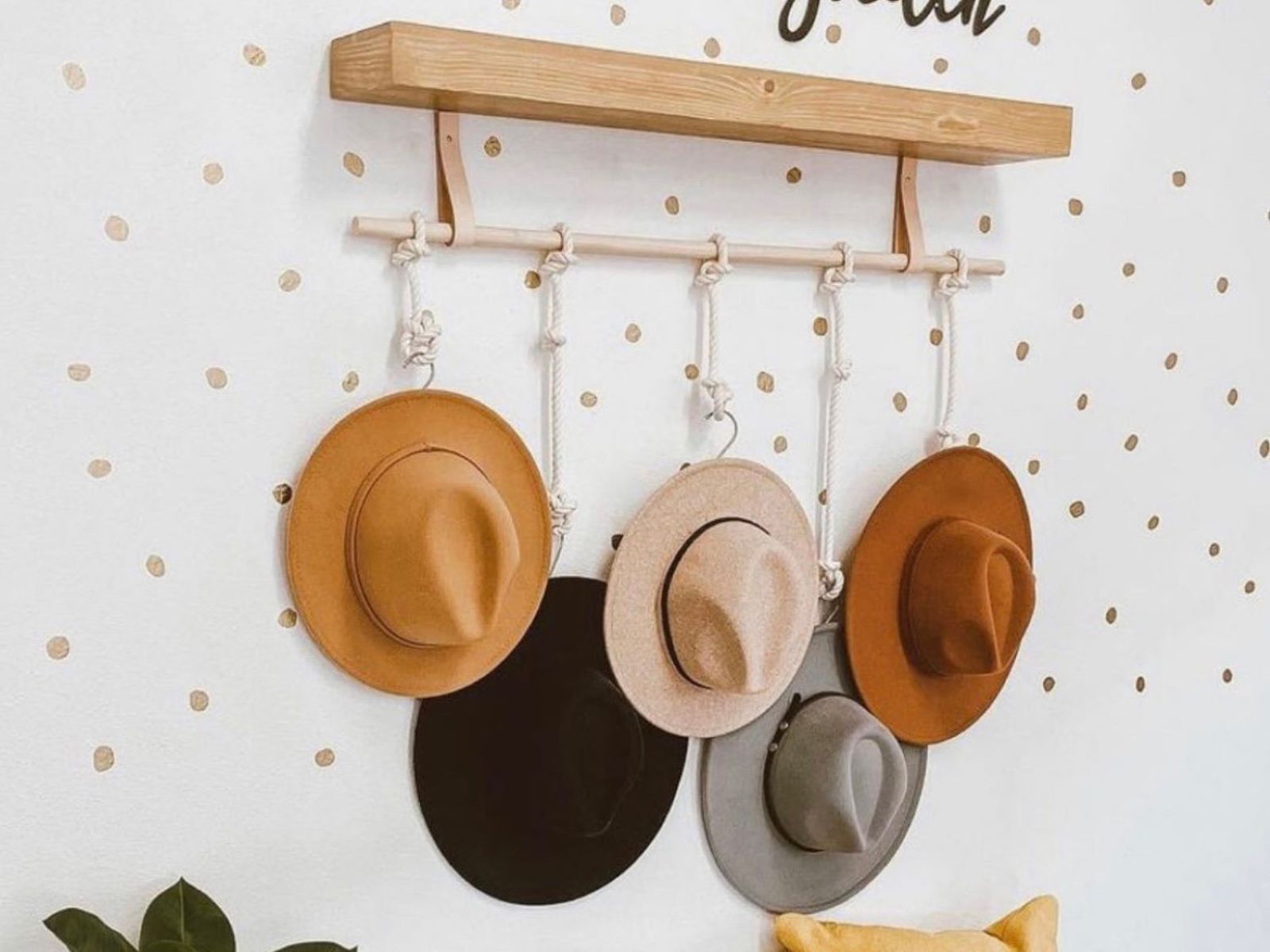

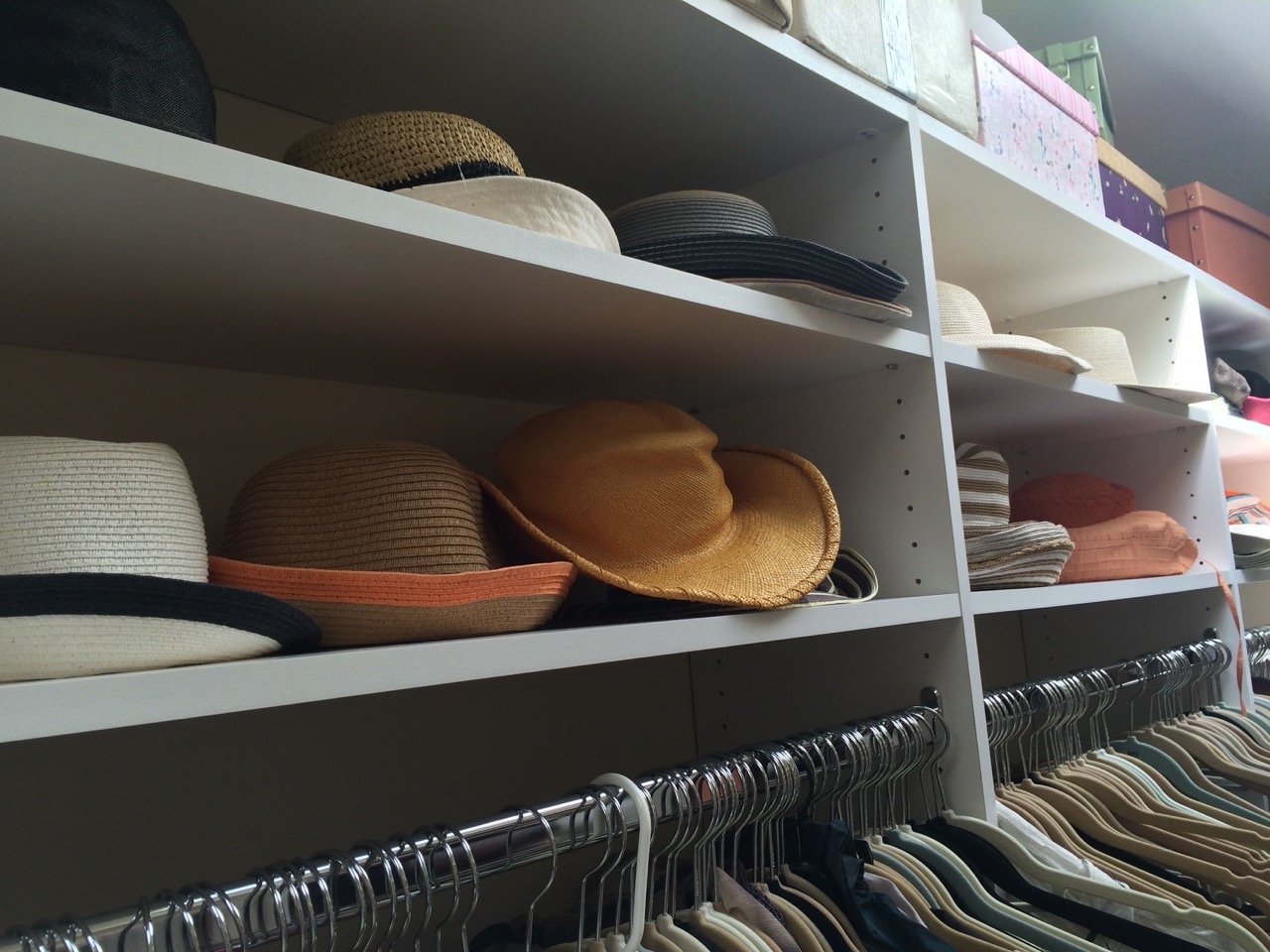
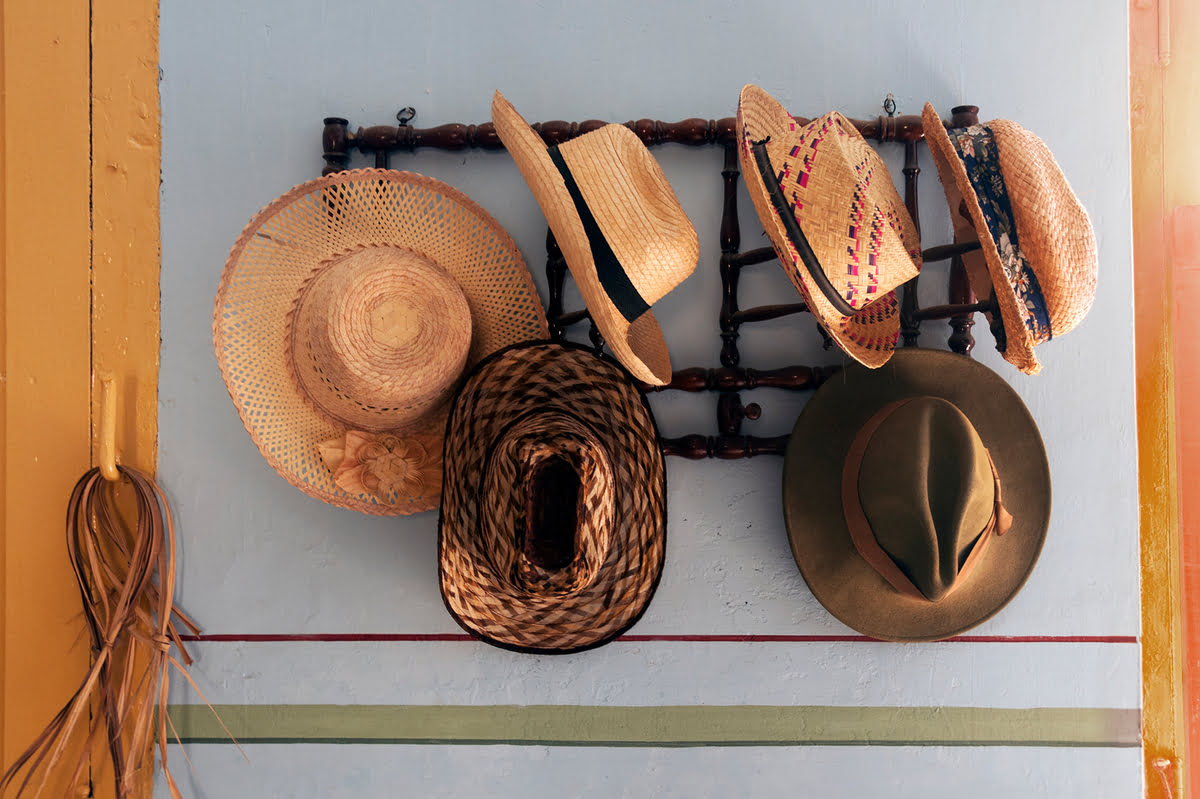

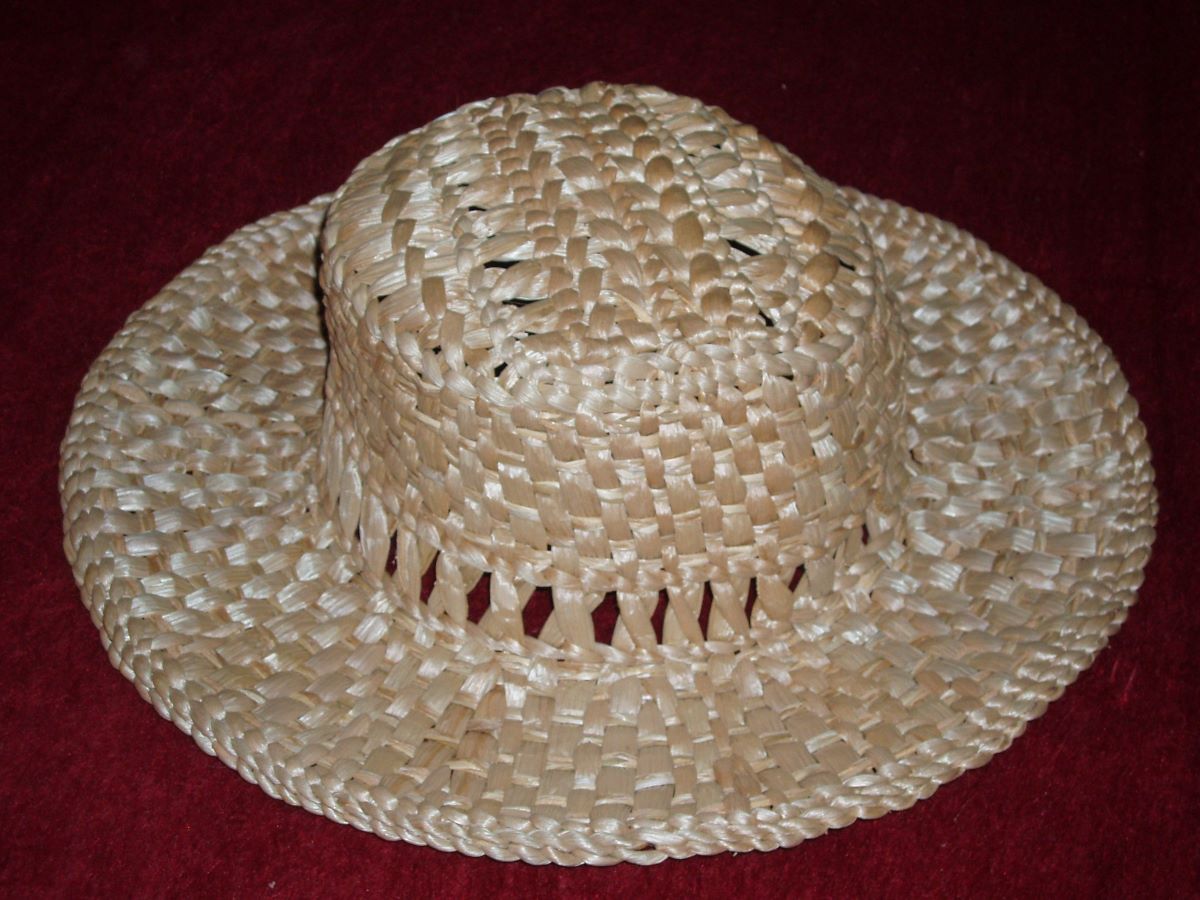
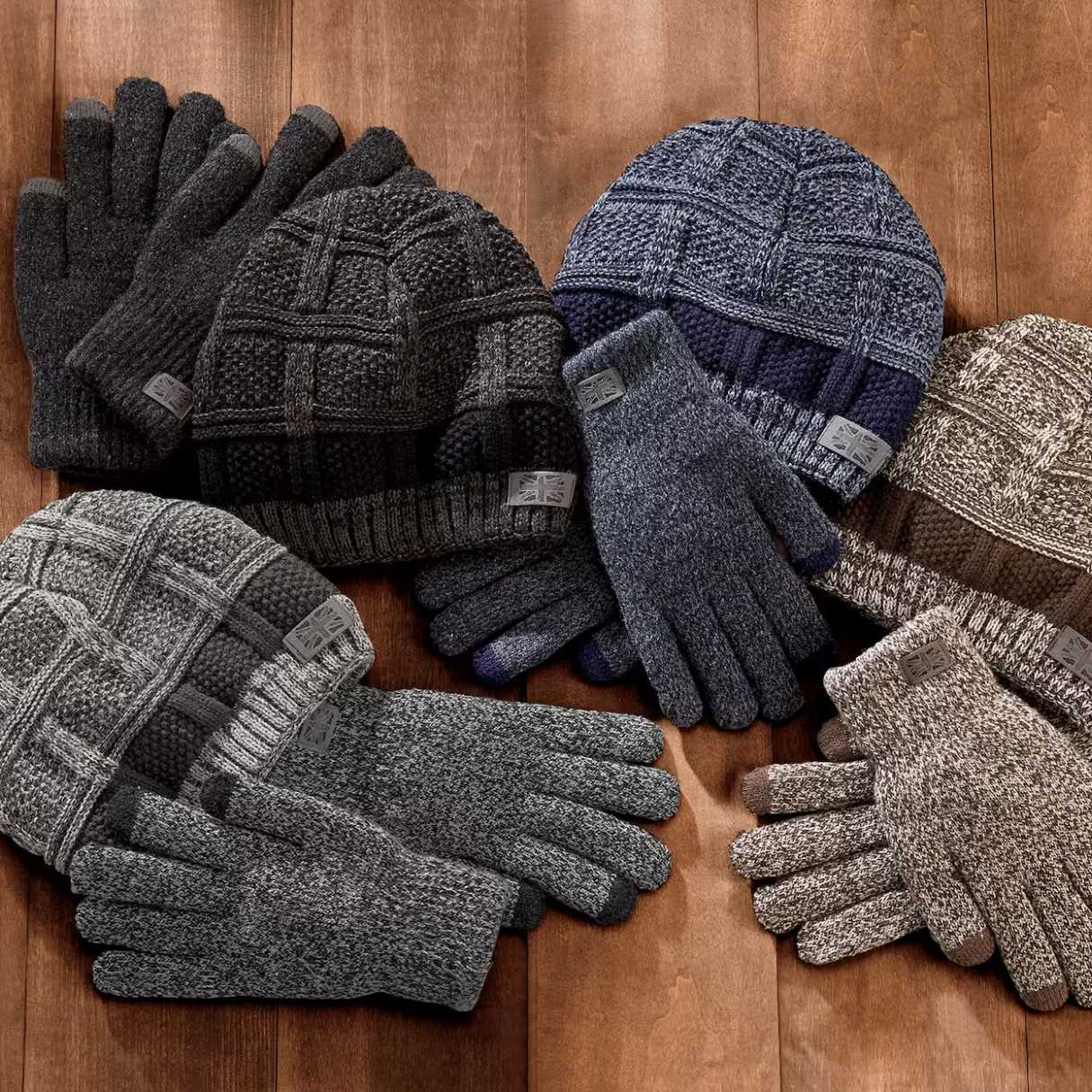
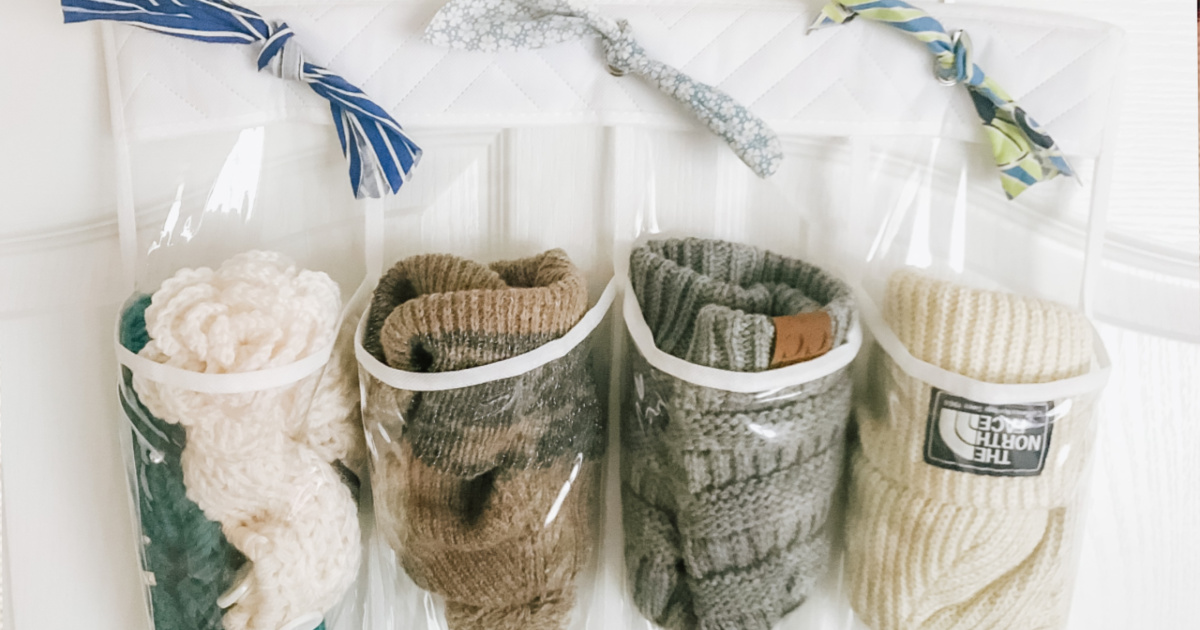

0 thoughts on “How To Store Caps And Hats”